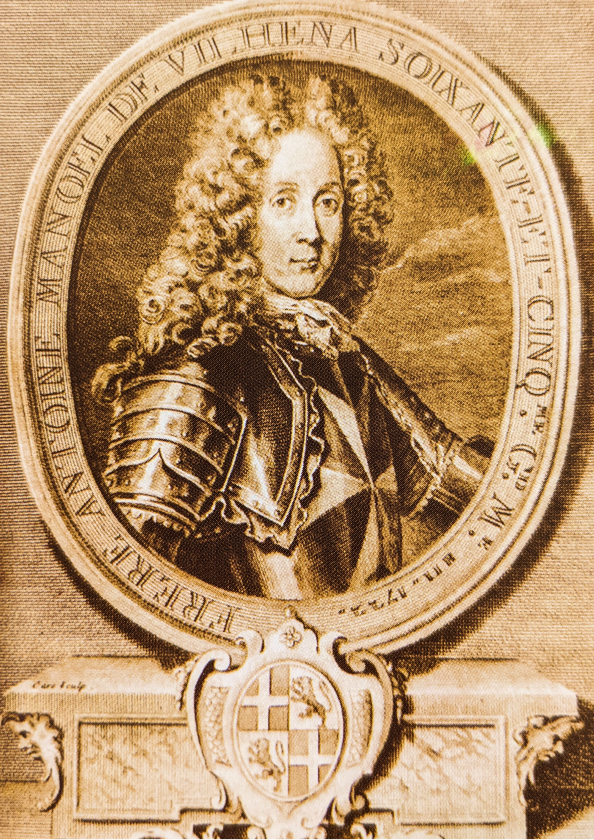
Antoine Manoel de Vilhena, Grand Master of the Order of Malta, 1722 - 1736
- Grand Master Antoine Manoel de Vilhena was presented with the Stock and Pilier, the highest papal distinction.
- He oversaw the construction of Floriana to address Valletta’s housing shortage.
- He commissioned the Manoel Theatre, one of the oldest theaters in Europe still used today.
- Under his reign, Mdina was reconstructed after the devastating earthquake in 1693.
Born in 1663, Antonio Manoel de Vilhena was a relative of the King of Portugal and the son of the first Count of Vila Flor. He joined the Order of Malta at a young age and went on to have a distinguished career as a knight.
In 1703, Manoel was appointed Bailiff of Acre, and ten years later, he became Pilier of the Langue of Castile and Portugal.
He rose to the position of Grand Chancellor of the Order, a post he held until 1715.
In 1720, when Grand Master Perellós y Rocafull passed away, he was nominated for the highest post in the Order but lost to Marc'Antonio Zondadari. Zondadari died after two years in office, and in 1722, Manoel de Vilhena became the Grand Master of the Order.
He was popular among the Maltese people, and during his reign, he undertook several initiatives that helped improve the standard of living on the island.
Under Moneoel, the suburb of Floriana was built to address Valletta’s housing shortage.
One of his significant accomplishments was the construction of the suburb of Floriana, which eased the pressure on housing problems in Valletta.
He reorganized the Sacra Infermeria and set up charitable institutions, including a home for poor and homeless women and a hospital for patients with terminal illnesses.
Manoel also commissioned the French engineer Charles François de Mondion to design a fortress on the Lazzaretto island in Marsamxett Creek, which was later renamed Manoel Island in his honor.
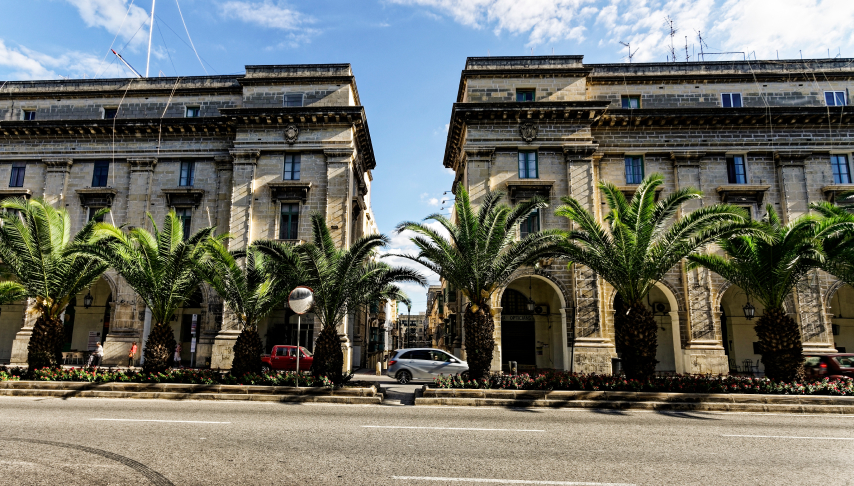
Floriana today
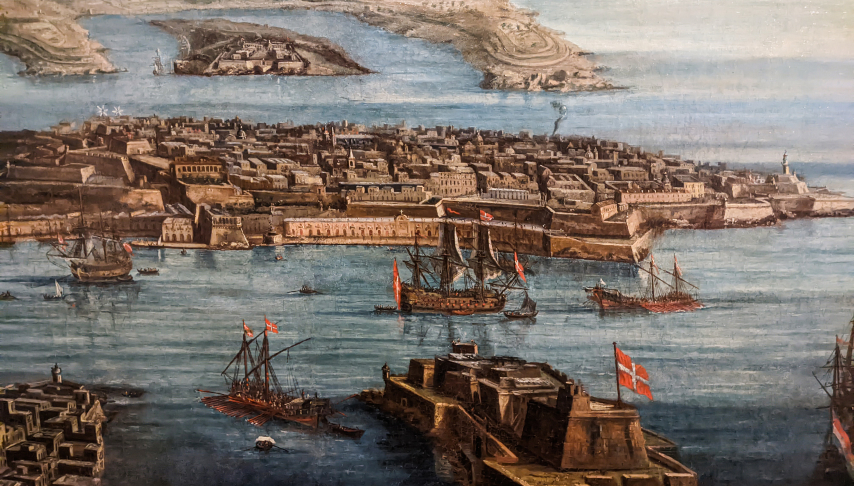
View of Valletta, the Grand and Marsamxett Harbours
Monoel was presented with the Stock and Pilier, the highest papal distinction.
Manoel de Vilhena was a proponent of the arts, and during his time as Grand Master, he commissioned the construction of several structures that continue to exist to this day.
He oversaw the reconstruction of Mdina, the building of the Vilhena Palace, and the establishment of the Manoel Theatre, one of the oldest theaters in Europe that is still in use today.
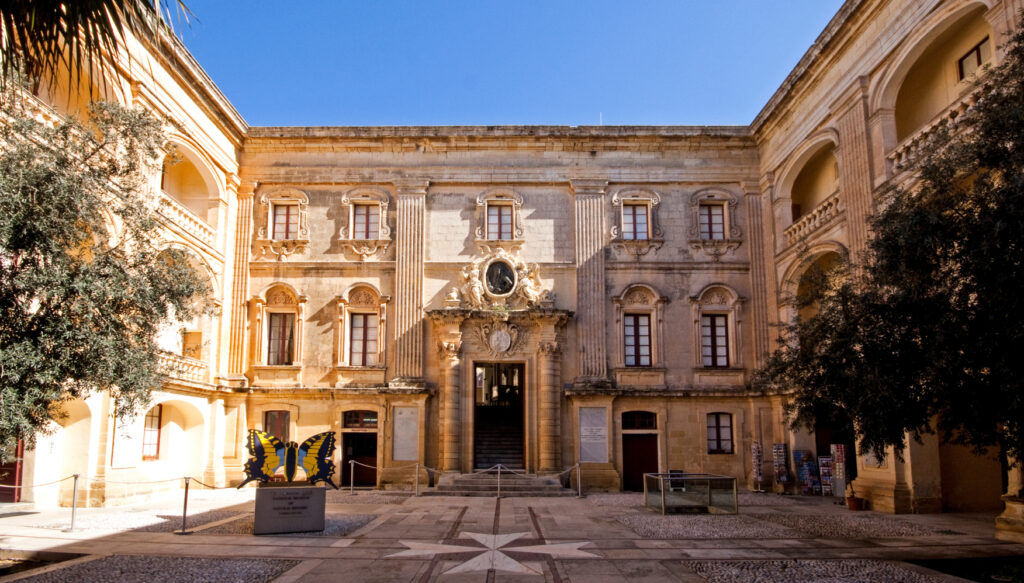
Forecourt of Vilhena Palace today
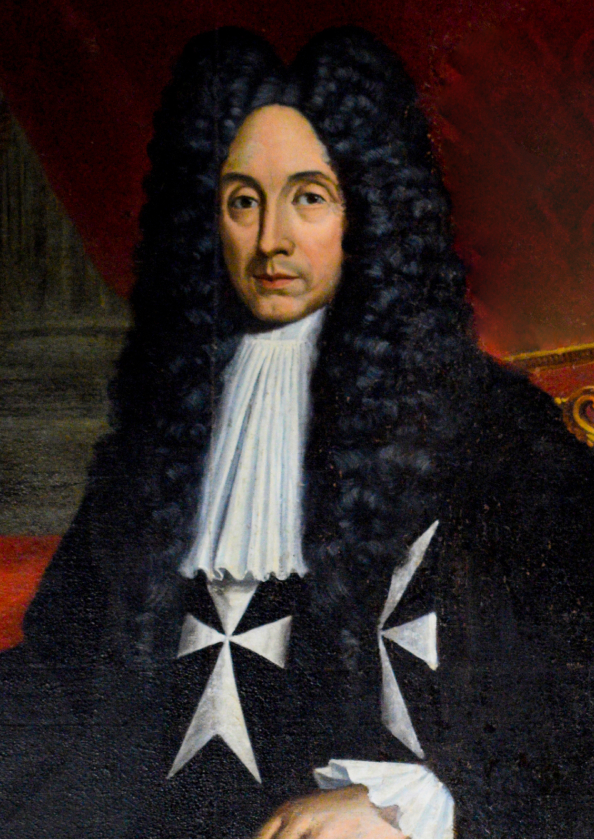
Portrait of Antoine Manoel de Vilhena
In 1724, in recognition of the Order's role as the defender of Christendom, Pope Benedict XIII presented him with the Stock and Pilier, the highest papal distinction bestowed on sovereigns.
The stock, a helmet crafted from luxurious purple velvet, was embellished with a symbolic representation of the dove of peace. Meanwhile, the pilier featured an unadorned sword, which was distinguished by its intricately decorated pommel.
Manoel de Vilhena passed away on December 12, 1736, at the age of 74. His tomb in the Chapel of the Langue of Castile, Leon and Portugal in the Conventual Church (St John's Co-Cathedral) is embellished with a magnificent bronze monument. His legacy continues to live on, and his name remains an important part of Malta's history.
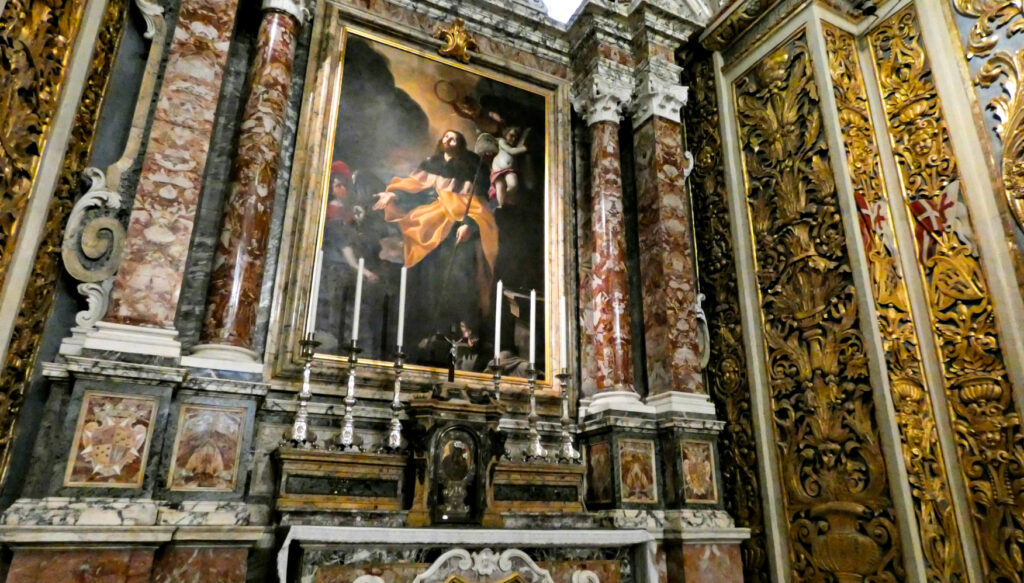
Chapel of the Langue of Castile, Leon and Portugal in St. John's Co-Cathedral
